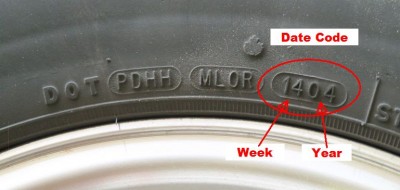Confusion over low-Sulfur diesel fuel cleared up.
Low-Sulfur-Fuel Confusion
Can you help clear up some of the confusion over low-sulfur diesel fuel? I have a 1996 Monaco with the 300-horsepower Cummins engine and have heard several conflicting things about the new fuel in the older engines. We first learned that we must put an additive in the new fuel to keep from damaging the older Cummins engines. Later, I was told that the fuel refineries were going to put the additive in the fuel. I have since heard that no additive was needed. What gives?
Doug Mattix
Rowlett, Texas
Bob: When ultra-low-sulfur diesel fuel (ULSD) became available last fall, the amount of sulfur was reduced from 500 parts per million (PPM) to 15 PPM. The new fuel will reduce particulate matter (PM) emissions by 90% and nitrogen oxides by 95% in the new engines. While ULSD fuel is a huge step in the right direction, it created some confusion among owners of pre-2007 engines.
According to the fuel companies, the new diesel can be run in older engines without modifications. Of course, one of the major issues is lubricity. Since the amount of sulfur is seriously limited, special additives used during the refining stages are supposed to keep things running smoothly. There should not be a need to pour in special aftermarket additives during the filling process.
There has been some concern over the possibility of fuel-system seal failures, but the jury is still out on that one. A number of owners experienced seal problems during the transition to low-sulfur fuel back in the mid-’90s, but, according to fuel-company technicians, that issue should be resolved.
If you have an engine manufactured before October 2007, you should keep a close eye on any fuel-system leaks or related problems.




